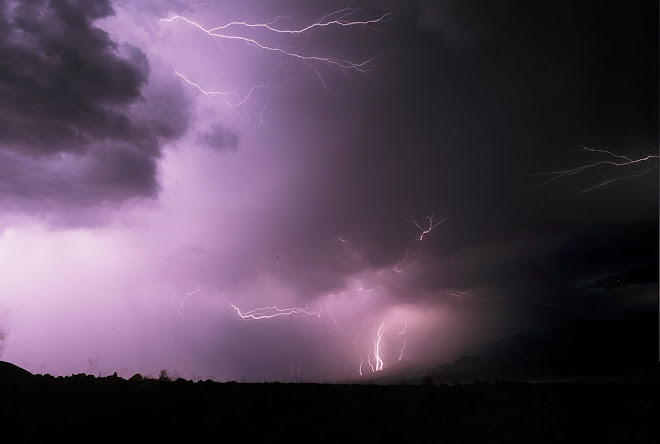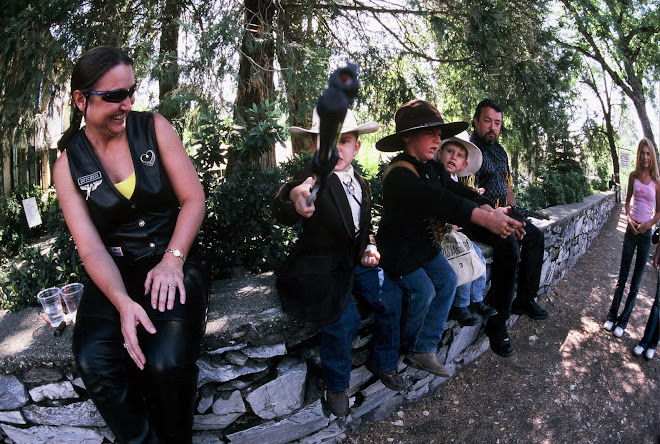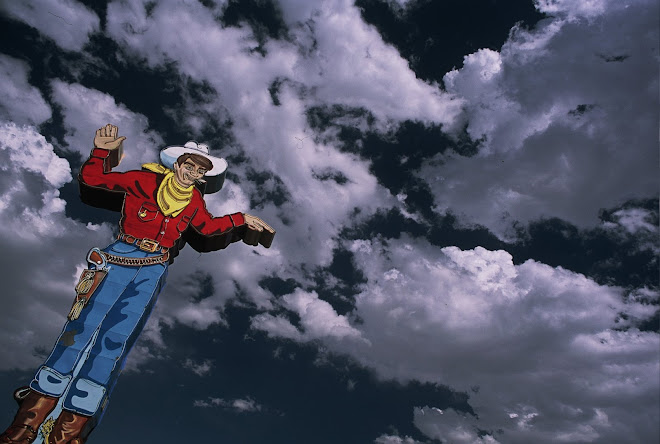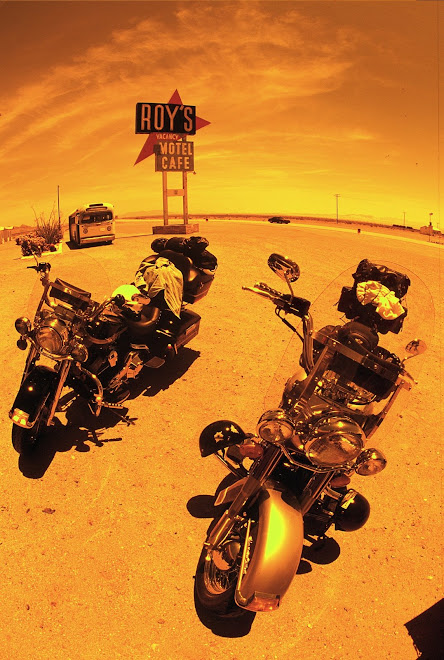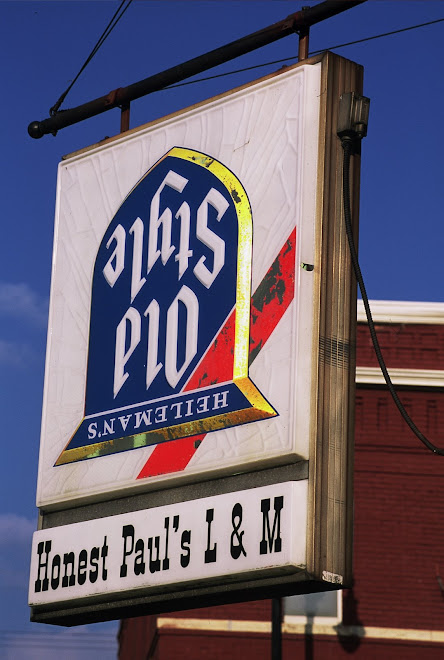
Denver's Civic Center Park provided the nexus for events, vendors, speeches, musical performances, and political dialogue. This couple dines alfresco on the grass with fellow students and activists.

The Food Not Bombs organization serves up dinner free of charge in Denver's Civic Center Park. Of course, donations are accepted to sustain the effort.

Within sight of the Greek Theater and a monument recognizing legendary Denver Mayor Robert W. Speer - who oversaw the Mile High City's last Democratic National Convention a century ago - students relax and enjoy the ambience afforded by Civic Center Park.

Bookends propped against Ionic columns: Two girls listen nonchalantly to passionate political speeches at the Greek Theater in Denver's Civic Center Park.

A politically active pair at the Greek Theater in Denver's Civic Center Park - wishing to be known only as Eva and James - lifts their masks slightly to exchange a loving embrace while preserving their identity.

The Recreate 68 organization assembled at the Denver Mint Building for the Shake Your Money Maker protest. The purpose of the short assembly was to call for wealth redistribution.

The Hollywood, California, based Citizens for Safe Access founder Richard Eastman extols the benefits of medical marijuana to passers-by at Denver's Civic Center Park. He proudly displays a photograph taken with former President Bill Clinton.

A charicature of former President Richard M. Nixon artfully graces the wall of a building on 12th Avenue in Denver.

Presented by the Manjushri Project of Crested Butte, Colorado, the pictures of you traveling multimedia exhibit features translucent images of Iranian people and culture. In this view, a mosque is juxtaposed with Denver's City and County Building prior to sunset.

Many Denver businesses are bullish about the DNC, so it should not be surprising that the Hooters restaurant on Colorado Boulevard caught the political spirit, too.



















